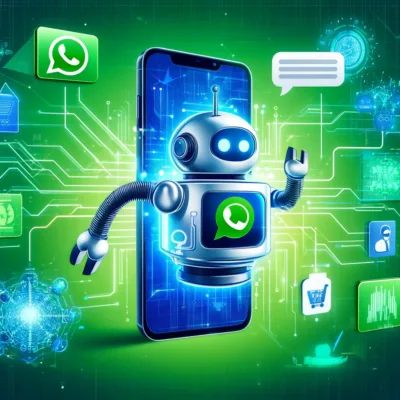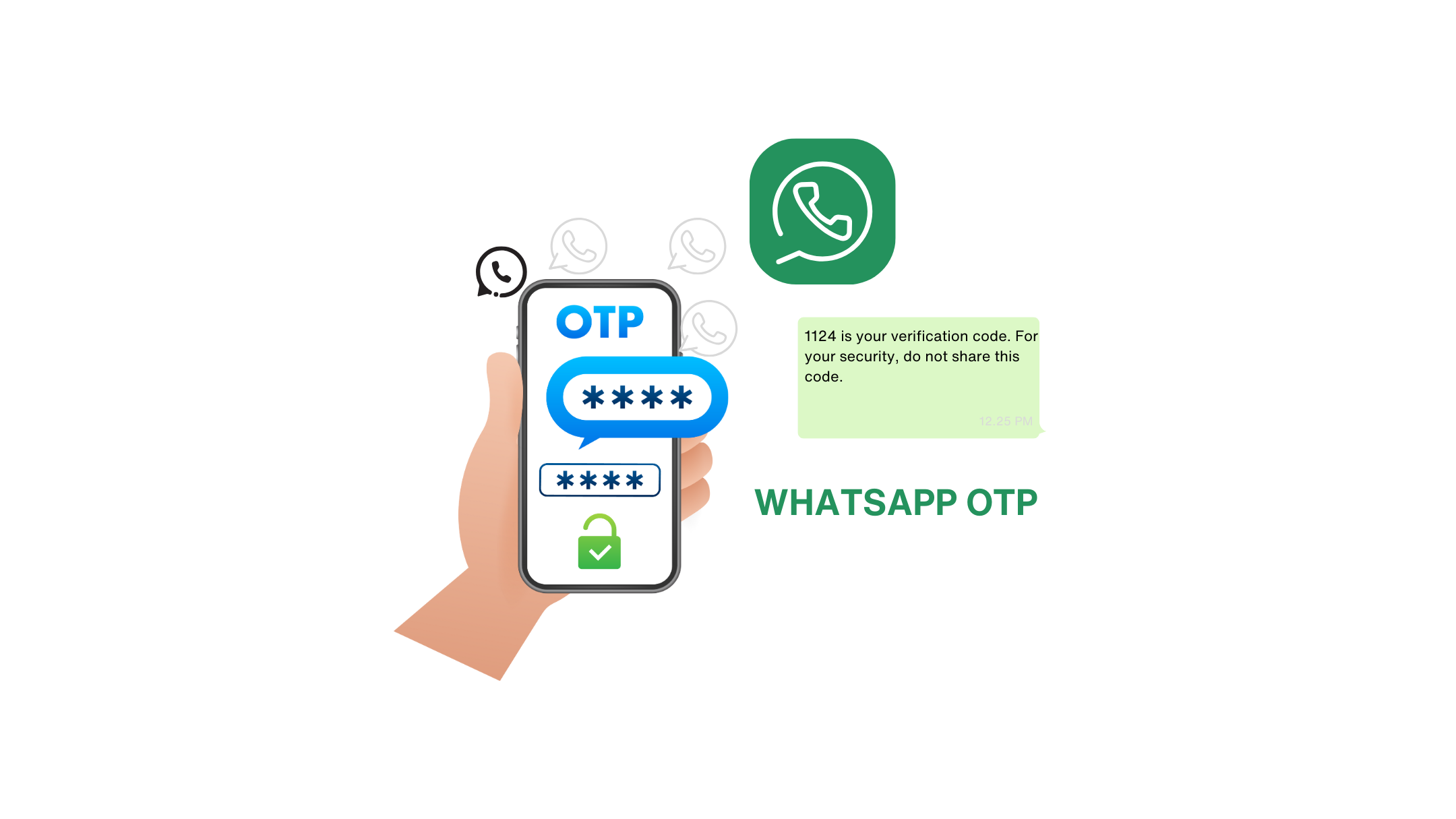In today’s fast-paced digital world, businesses are constantly looking for innovative ways to engage with customers and streamline their operations. One such innovation is the WhatsApp chatbot. This blog post will delve into what a WhatsApp chatbot is, its benefits, how it works, and provide real-world examples of its application.
Understanding WhatsApp Chatbots
A WhatsApp chatbot is an automated software application designed to simulate human conversation over WhatsApp. These chatbots use artificial intelligence (AI) and natural language processing (NLP) to understand and respond to user queries in real-time. They can handle a wide range of tasks, from answering simple questions to facilitating complex transactions, making them a valuable tool for businesses of all sizes.
Benefits of WhatsApp Chatbots
- 24/7 Availability: Chatbots can operate around the clock, providing instant responses to customer queries at any time of the day or night. This ensures that customers always have access to support when they need it.
- Scalability: Unlike human agents, chatbots can handle multiple conversations simultaneously, making them highly scalable. This is particularly useful during peak times when customer inquiries are high.
- Cost-Effective: Implementing a chatbot can significantly reduce operational costs by minimizing the need for a large customer support team. This allows businesses to allocate resources more efficiently.
- Personalization: Chatbots can provide personalized interactions based on customer data and previous interactions. This enhances the customer experience and fosters brand loyalty.
- Efficiency: By automating repetitive tasks and queries, chatbots free up human agents to focus on more complex and value-added activities. This increases overall efficiency and productivity.
WhatsApp chatbots are increasingly gaining importance in WhatsApp marketing. With a WhatsApp chatbot, you can easily communicate with your customers without human intervention and collect data efficiently. Get in touch now, get detailed information, and start using it!
How WhatsApp Chatbots Work

WhatsApp chatbots operate through the WhatsApp Business API, which allows businesses to integrate their systems with WhatsApp. Here’s a step-by-step overview of how a typical WhatsApp chatbot works:
- User Initiation: A user starts a conversation by sending a message to the business’s WhatsApp number.
- Message Processing: The chatbot processes the incoming message using NLP to understand the user’s intent and context.
- Response Generation: Based on the analysis, the chatbot generates an appropriate response. This could be an answer to a question, a link to more information, or a step in a transaction process.
- Delivery: The response is sent back to the user via WhatsApp, often within seconds.
- Follow-Up: The chatbot can continue the conversation based on user inputs, providing a seamless and interactive experience.
Real-World Examples of WhatsApp Chatbots
- Customer Support:
- Example: An airline company uses a WhatsApp chatbot to handle common customer inquiries such as flight status, check-in procedures, and baggage policies. Customers can receive instant answers to their questions without waiting for a human agent.
- E-commerce:
- Example: An online retailer deploys a WhatsApp chatbot to assist customers with order tracking, product recommendations, and return processes. The chatbot can also send personalized promotions and discounts based on the customer’s shopping history.
- Healthcare:
- Example: A healthcare provider uses a WhatsApp chatbot to schedule appointments, send medication reminders, and provide health tips. Patients can easily book consultations and get timely health advice.
- Financial Services:
- Example: A bank employs a WhatsApp chatbot to offer account balance checks, transaction history, and fraud alerts. Customers can manage their finances securely and conveniently through the chatbot.
Setting Up a WhatsApp Chatbot
To set up a WhatsApp chatbot, businesses typically follow these steps:
- Choose a Platform: Select a chatbot development platform that supports WhatsApp integration, such as Twilio, Dialogflow, or Chatfuel.
- Define Objectives: Clearly outline what you want the chatbot to achieve, such as answering FAQs, processing orders, or providing customer support.
- Design the Conversation Flow: Map out the conversation paths the chatbot will follow based on different user inputs and scenarios.
- Develop and Test: Build the chatbot using the chosen platform and test it thoroughly to ensure it functions correctly and provides accurate responses.
- Launch and Monitor: Deploy the chatbot on your WhatsApp Business account and continuously monitor its performance, making improvements as needed.
WhatsApp chatbots are transforming the way businesses interact with customers by providing efficient, personalized, and scalable communication solutions. Whether it’s for customer support, sales, or engagement, a well-designed chatbot can significantly enhance the user experience and drive business growth. As more companies embrace this technology, the potential applications of WhatsApp chatbots will continue to expand, making them an indispensable tool in the digital marketplace.








